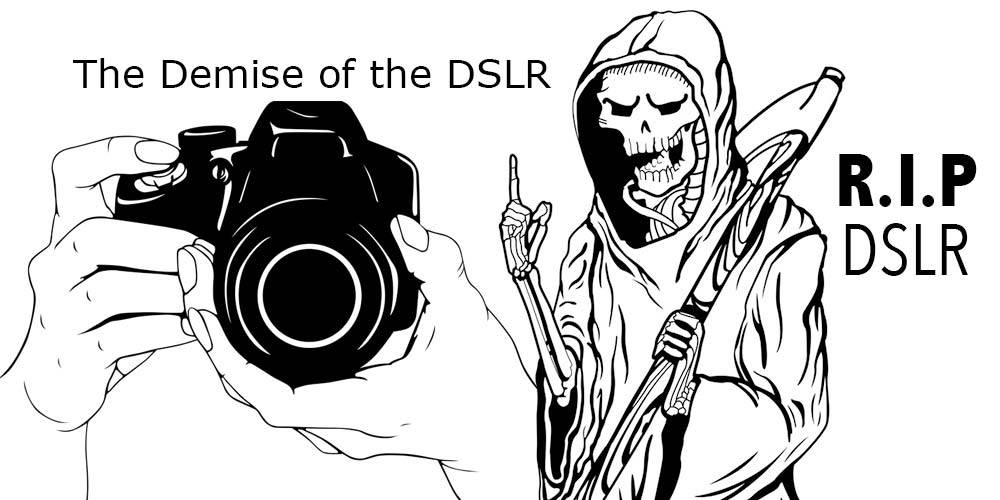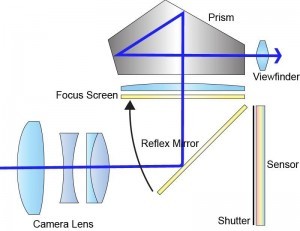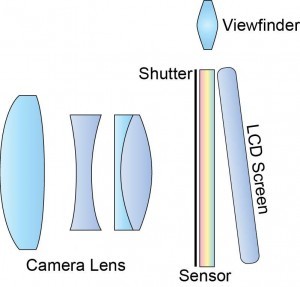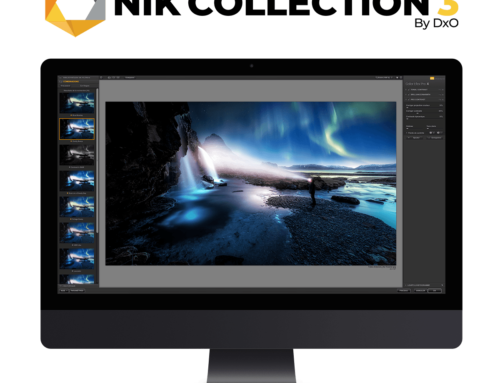Are Mirrorless Cameras Going to Cause the Demise of the DSLR?
In the past few years, the photography world has seen the rapid progression of mirrorless cameras and I foresee the demise of the DSLR. Now, I am well aware that many photographers are still to be convinced, but let me present my case.
What Is The Difference Between DSLR and Mirrorless
I’m not going to go into the differences in too much detail or over-explain the technical and mechanical differences but it is worth mentioning. The common denominator between both systems is that they both contain an electronic imaging sensor that is exposed to light when the shutter is opened.
Digital Single-Lens Reflex (DSLR) Camera
A DSLR camera works by placing a mirror in front of the sensor. The light coming into the camera through the lens is bounced off this mirror and into a prism at the top of the camera body. The light is directed through the prism and into the viewfinder. This allows the photographer to see through the lens and compose the image. Once the camera’s shutter button is pressed, the mirror flips up and the light passes through the lens and straight onto the camera’s sensor. When the sensor has had enough light to make the image, the mirror falls back down and blocks the light from the sensor.
This system has been in use long before digital cameras. In was the main technology used in film cameras throughout the twentieth century. It was logical to keep it when the film was replaced by an electronic sensor.
Mirrorless Camera
As the name “mirrorless” indicates, there is no mirror in this kind of camera. In a mirrorless camera, the sensor sits directly behind the lens and is constantly being exposed to the incoming light. The sensor will send an electronic image to an LCD screen on the back of the camera or to an electronic viewfinder. The electronic viewfinder on a mirrorless camera looks similar to the viewfinder on a DSLR but because there is no mirror and prism to direct the light from the lens, the sensor in the mirrorless camera needs to create an electronic image to display in the electronic viewfinder. This is why the sensor is constantly being exposed to the light coming in through the lens.
When the shutter is pressed, two mechanical curtains pass over the sensor. The first curtain will completely cover the sensor before the camera begins the image capture process. This first curtain will start to move down over the sensor while a second curtain follows closely behind. This way, the sensor is only exposed for the exact amount of time required to make the image. The gap between the first and second curtain is determined by the shutter speed set by the photographer.
Most people now own a mirrorless camera without probably being aware of it; every smartphone has a mirrorless camera.










I think you definitely make a valid point here. In fact I took the brave decision to move over to mirrorless several weeks ago and am now using the Sony Alpha range. A decision I don’t regret (as yet). I was fed up carrying my heavy DSLR around with me. Your article certainly makes for an interesting read. I’ll be curious to see how things develop (no pun intended) over the coming years.
Look forward to reading any future updates
Irene, it may not even be the coming years. In 9 months from now, the debate will be in full swing.
really tempted by the A7iii to go mirrorless…
Me too.
Outstanding images can be caught.with a decent dslr camera mirrorless has lots of great features but if you cant.master dslr dont waste your money strong marketing is driving photographers to discard superb camera systems try before you buy if you can
I’m still trying to master my Nikon and enjoying every minute
Can’t stand mirrorless. Too small, fiddly and the EVFs are awful.
I use both, regularly. I find the mirrorless delivers better quality, cleaner images. I was reluctant at first, I need a smaller camera to carry when shooting mountain’s. I can only say from my own experiences that since I’ve been using the Sony A7r2 I’ve not gone back to using my Nikkon. Probably end up selling. Just an FYI, outstanding images can be captured on any system. The EVF is brilliant, may not be so good in pitch black but still it really is a minor trade off for the ability to use ANY lens from any system. Looking at the road map for the big three I think there will be a push develop the tech. Let’s no forget that 20 years ago everyone scoffed at digital.
DSLR still the best camera for Aurora photography.
No one has mentioned is that having an optical viewfinder is pretty much essential to anyone over 50 who wants to be able to clearly frame a shot without having to wear glasses. My mirrorless camera is more of a lottery, whereas when I use my DSLR I know what the picture will look like before I check it on my PC.
While I like the idea of mirrorless as it’s lighter, you need a really faster viewfinder otherwise you get camera delay between seeing the shot and capturing it. Unless you pay a lot of money by the time you press GO the shot has gone. Fine for scenes but for capturing the moment in action shots such as sport you’ve either got to be very predictive or lucky. Give it a few more years perhaps.
Mirrorless systems are pushing the boundaries of photography with every release of a camera remember when digital first came into being photographers came across from film kicking and screaming now its happening again ,longer lenses for sports and the next generation of mirrorless cameras from what ever manufactures will be tipping the balance Cannon are developing mirrorless , Hassleblad have mirrorless , Fuji, I think the writing is on the wall unless there is a manufacturer that develops something outstanding for digital but how far can one technology go before change
Martii, the parallels that you draw with the transition from film to digital are spot on. Camera technology is being shackled by the mirror and prism.